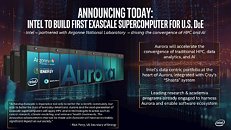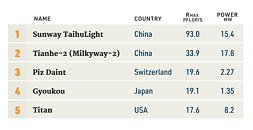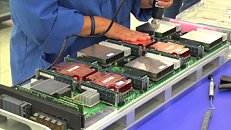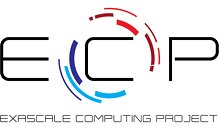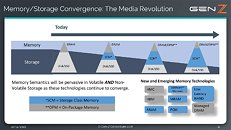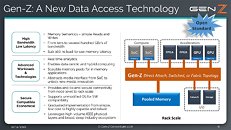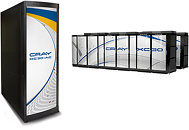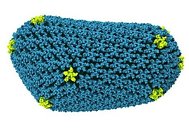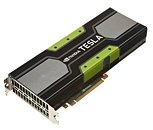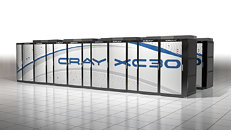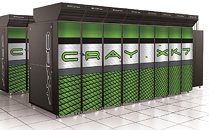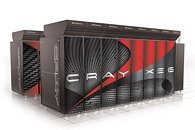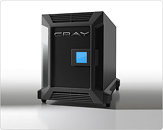
Without Silicon, Intel Scores First Exascale Computer Design Win for Xe Graphics - AURORA Supercomputer
This here is an interesting piece of tech news for sure, in that Intel has already scored a pretty massive design win for not one, but two upcoming products. Intel's "Future Xeon Scalable Processors" and the company's "Xe Compute Architecture" have been tapped by the U.S. Department of Energy for incorporation into the new AURORA Supercomputer - one that will deliver exascale performance. AURORA is to be developed in a partnership between Intel and Cray, using the later's Shasta systems and its "Slingshot" networking fabric. But these are not the only Intel elements in the supercomputer design: Intel's DC Optane persistent memory will also be employed (in an as-of-yet-unavailable version of it as well), making this a full win across the prow for Intel.
